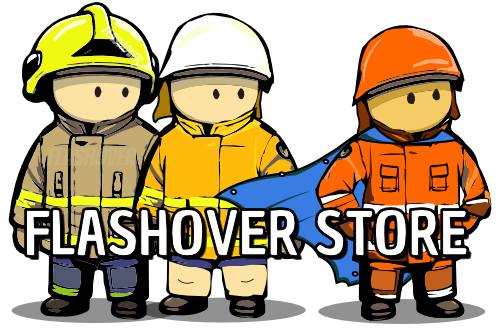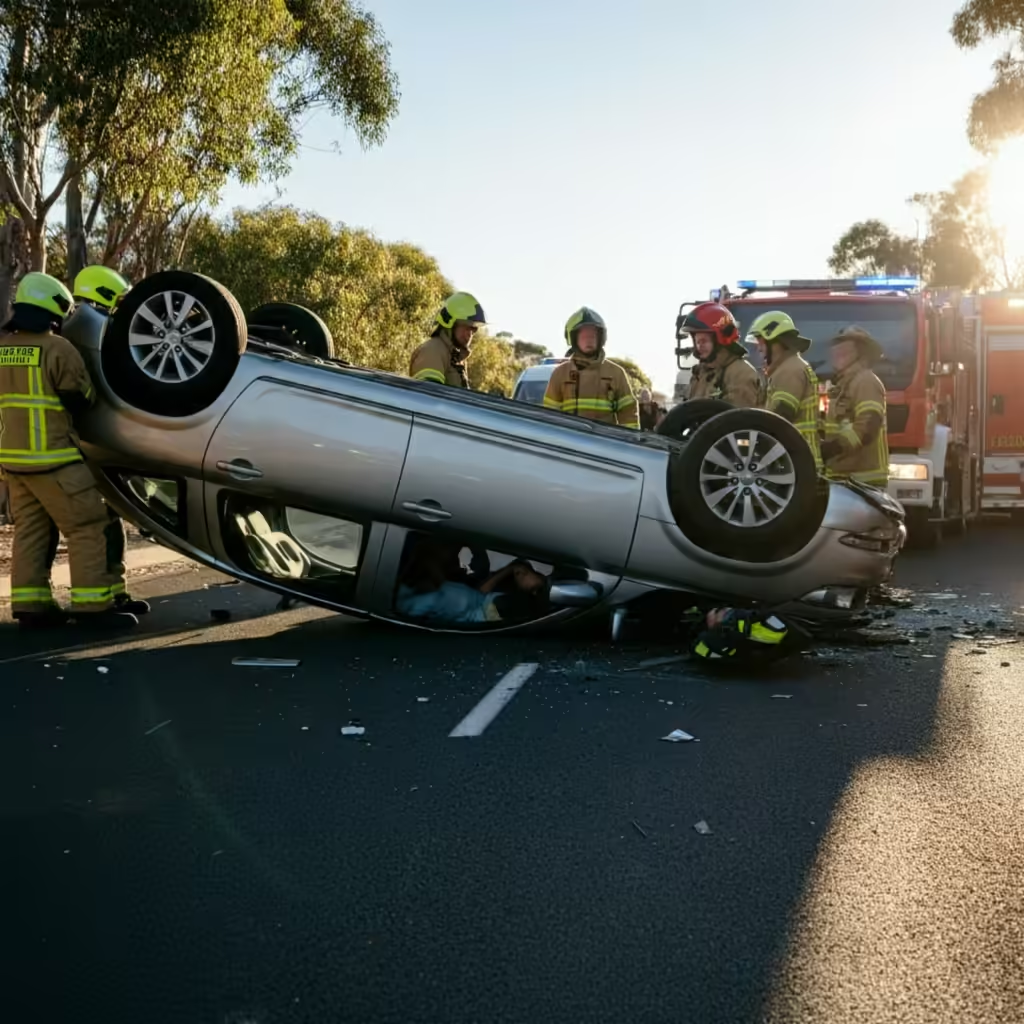| Scenario: Car on Roof with Two People Inside – Oyster Cut. Category: Rescue | ||
| This training scenario has been automatically assigned 2 random dynamic events to enhance the realism and unpredictability of the exercise. These events are designed to simulate real-life challenges. If you’d like to generate 2 new events, Refresh this page. | ||
| Introduction | ||
Firefighters arrive at the scene of an MVA where a car has overturned and is resting on its roof, with two people trapped inside. The crew must carefully stabilise the vehicle, assess the condition of the occupants, and perform an oyster cut to safely extricate them. This scenario focuses on vehicle stabilisation, precise cutting techniques, and coordinated patient care. | ||
| Objective(s) | ||
To train firefighters in safely performing an oyster cut on an overturned vehicle to extricate trapped occupants, ensuring vehicle stabilisation and patient safety. | ||
| Learning Objectives | ||
Stabilise the overturned vehicle using cribbing and other tools to prevent movement during the rescue. | ||
| Dynamic Events | ||
Family Arrives at the Scene During the rescue, family members of the trapped occupant arrive unexpectedly at the scene, distressed and attempting to approach the vehicle. The crew must coordinate with police or support personnel to safely manage the family, keeping them at a distance while continuing the extrication without distractions. Vehicle Shifts During Extrication Despite stabilisation efforts, the vehicle unexpectedly shifts due to uneven ground or inadequate stabilisation, endangering both the crew and the trapped occupant. The team must quickly reassess and secure the vehicle before continuing the rescue. | ||
| Debrief | ||
Conduct a review at the end of the scenario. Discuss “What went well” and “What could be improved”. Be constructive and supportive – it’s not about blame, it’s about building people up and improving their skills. | ||

If you like this content, you can show your support by grabbing something from our merch store.
For years, we’ve been creating fun, light-hearted firefighter-themed designs that resonate with those who appreciate the humour in what we do. Whether you’re after a sticker for your car, a shirt for the station, or even a mug for the kitchen, we’ve got something for you.

